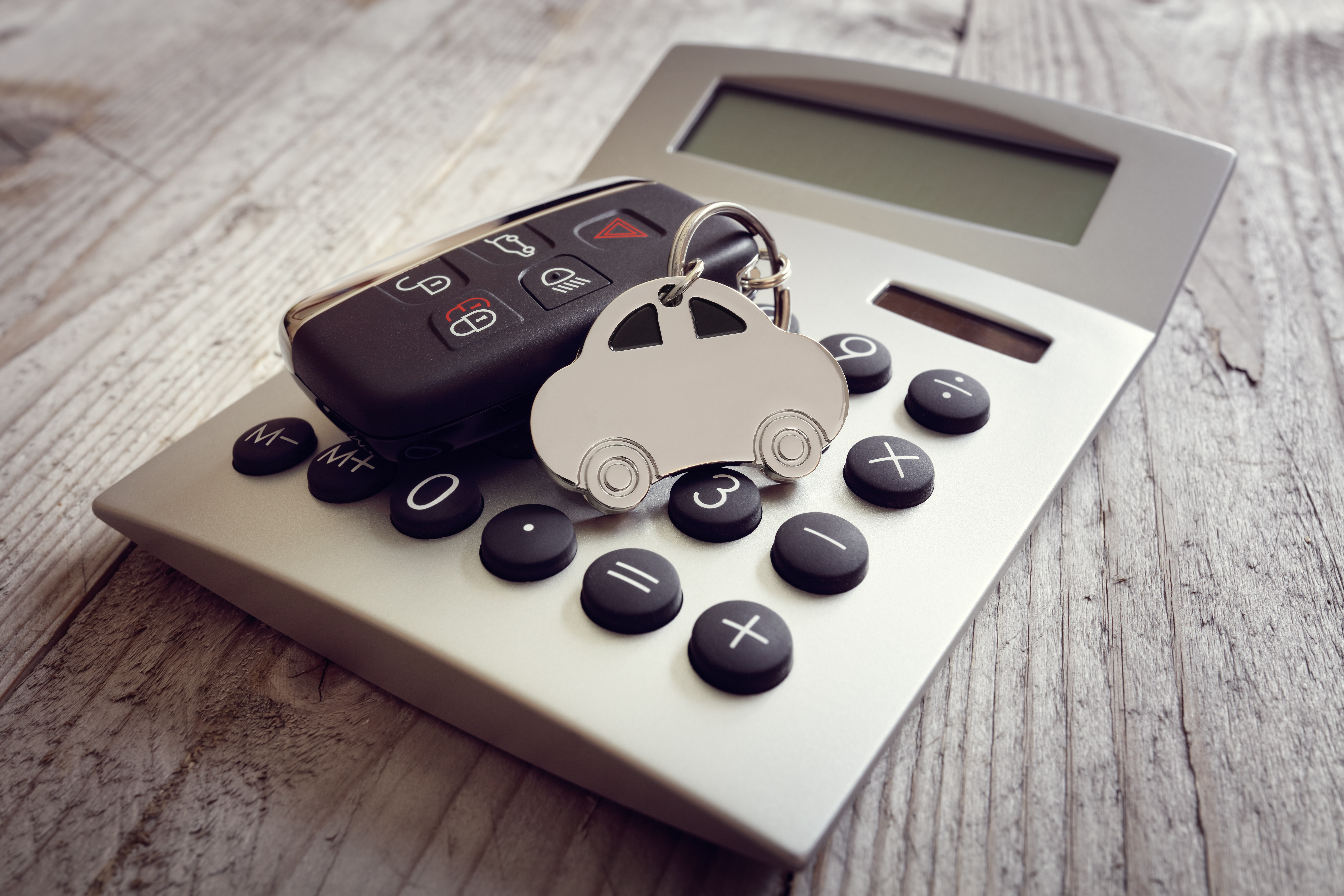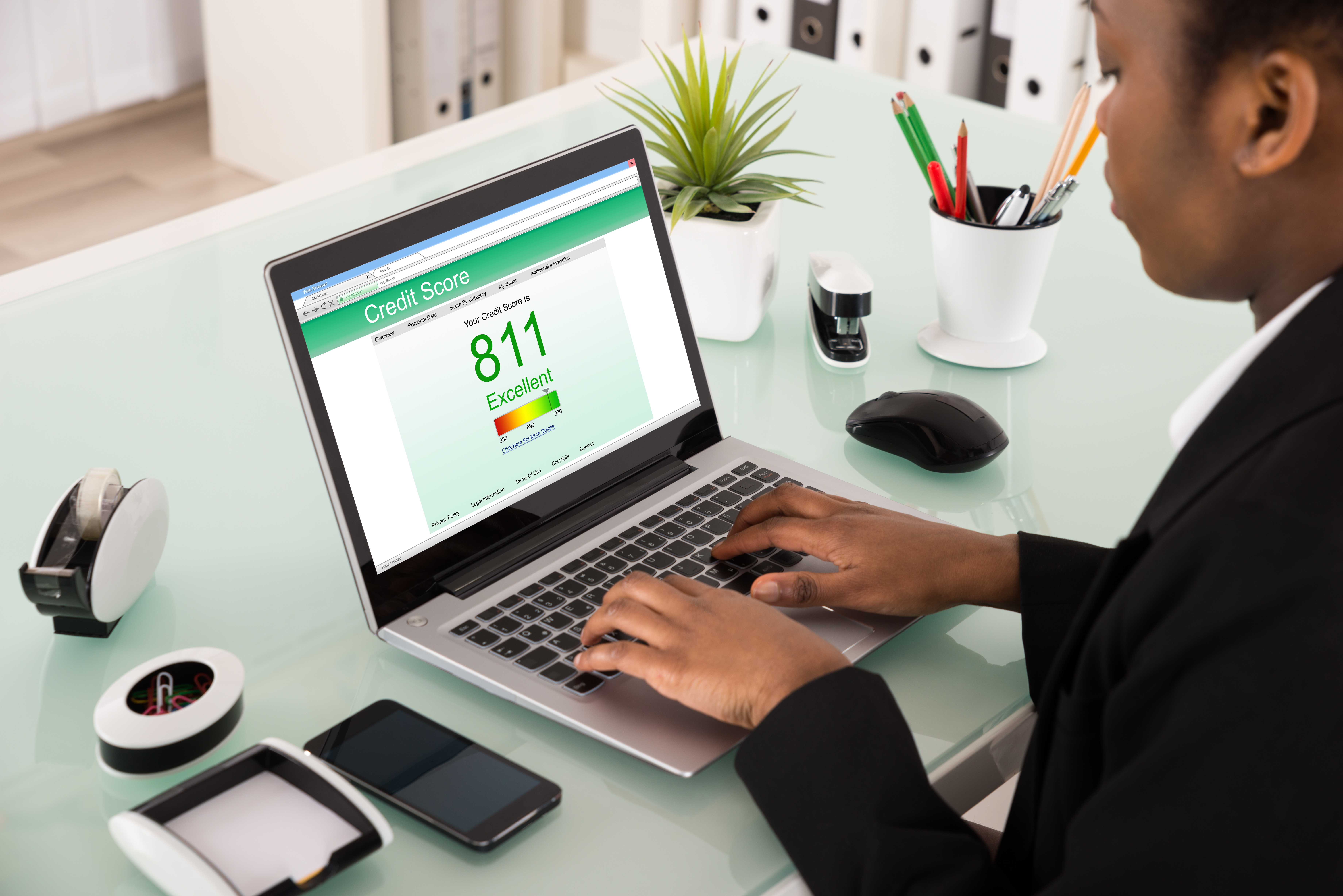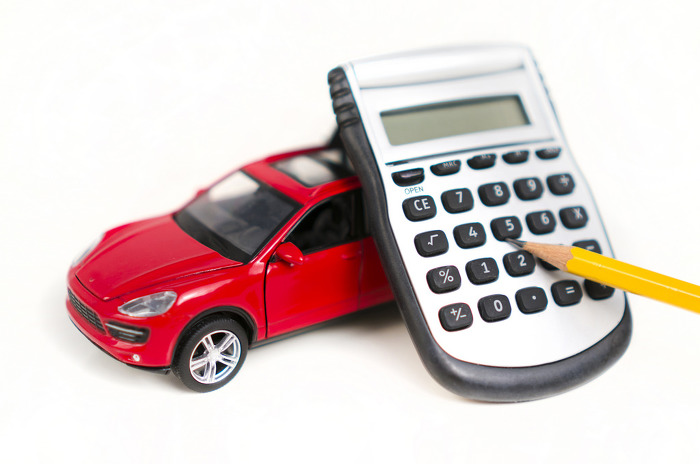Okay, so you’re officially fired up about buying a new car, but maybe you’re unsure about how to get started. No problem! We understand that negotiating can be intimidating at first, choosing between new or used, leasing or financing can also be stressful. That’s why we’ve created the ultimate New Car Buying Guide.
Whether you’re a family of four or you live alone with your dog, we’ll help you find a car that fits your needs and budget. So, read along, email this to yourself for later, or jump to the section that interests you most:
Finding a Car that Fits Your Needs
Determining Your Budget
Okay, first thing first, you need to know how much you can afford to spend. Prior to going into the dealership, you should focus on determining your budget and making sure that the new expense will fit comfortably into your lifestyle. The two most common methods for determining your budget are:
1) How much you can afford to spend on the vehicle overall and
2) How much you can afford to pay in monthly increments.
This will help determine the term of your payment. For instance, you may be able to pay off a $5,000 car in 6 months or a $25,000 car in 4 years. Don’t forget to budget your gas, service costs, accessories and car insurance. These small additions are why it’s so important to assess your financial situation prior to your purchase.
How much should you be spending on your vehicle per month?
A good rule of thumb – a vehicle should not cost more than 35% of your annual income. If you’re looking at a vehicle that will cost more, it’s time to scale back.

Checking Your Credit Score
Now that you’ve determined your budget, it’s time to check your credit score. Checking credit score is often overlooked by new car buyers, however, it is a crucial step in getting the car you want. Many first time buyers spend hours choosing the car they want, test driving, negotiating a price, only to find out that they are not approved for the transaction.
This is why we recommend checking your credit score well in advance. Knowing your credit score prior to the purchase will lead to fewer surprises and give you time to boost your credit score if need be. Alternatively, knowing your score is “excellent” will allow you to apply for financing at a lower interest rate.
How To Check Your Credit Score
In Canada, a credit score can range from 300 to 900 points. In order to qualify for a standard car loan, a score of 650 is required; anything less and it may be a challenge to obtain a new credit.
To get your credit score, we recommend ordering a free report from Equifax and/or TransUnion. Please note that your score may vary from each company as they keep separate information on file. Checking both companies will also help determine if one may have a mistake that has not been addressed.

Buying New Vs. Used
This is a tough choice! We get it, making the right decision is a lot of pressure. That’s why we’ve decided to provide you with both pros and cons for each decision. Remember that choosing between a new or used vehicle will be a fundamental influence on the cost of the car loan. For many, the idea of purchasing a used vehicle can be daunting, while for others it’s a chance to own a new investment.
While determining your budget should help with this choice, here are the benefits and drawbacks to both:
Buying Vs. Leasing
You know you need a car, but you don’t know whether to buy or lease once you’ve chosen your vehicle. If this sounds like you, you’re not alone. Many people go back and forth with this question. If you have money to purchase the vehicle outright then this is an easy one for you. However, if this is not the case, then you’re stuck with taking out a loan. Taking out a loan means that you may be charged interest on borrowing that money.
When it comes to leasing, instead of taking out a loan for the full vehicle amount, you are only borrowing the amount that the vehicle will depreciate over the lease term. However, after the term ends, you have the option to buy the vehicle by paying the difference between the purchase price and the residual value. This is the reason why lease payments are lower than loan payments.
Additionally, when leasing a vehicle, you are generally going to be covered by warranties. Once the lease is up you can trade it in for a new vehicle and not worry about your used automobile.
Alternatively, if you choose to finance a car over a five-year period, your payments would stop after the term has been reached. At this point, you may choose to sell your vehicle and put the profits towards a new purchase, if not, you will have to consider the major maintenance required after a long period of time.
In the end, the choice to lease versus finance is a personal one and will depend on your lifestyle. With leasing, you will be paying a lower monthly payment over your lifetime but won’t have to worry about the maintenance of your vehicle. With financing, you must pay for repairs, however payments end after your loan term is over and you can sell your vehicle for a down payment on your next purchase.

Finding a Car that Fits Your Needs
Now that you’ve figured out the logistics of owning a car, let’s dive into the fun part – finding a vehicle that fits your needs. While the internet is a great source for finding information on the types of vehicles available to you, reading feedback from other customers and watching reviews from experts may help identify a vehicle that fits your needs. Let’s jump into some links you should be looking into.
Manufacturers Website
If you already know the brand you’re looking to purchase, go to the manufacturer’s website first. Here, you will be able to find specifications for each model and make sure that it fits your needs. Most websites also showcase their deals of the months which vary depending on the area that you reside in.
By visiting the manufacturer’s website you’ll also be able to see the price tag of the vehicle you’re looking to purchase and make sure that it fits into your monthly budget. If it does not, you may have to look at a different model, used car or brand altogether.
Independent Resources
Once you’ve gotten a sense of which vehicle you’re looking to purchase, look for zero interests rate or discount deals offered on the internet. This is especially useful if you’re looking for a used vehicle.
We recommend visiting websites such as Edmunds.com and Kelly Blue Book. Both websites are great for reviews and estimating the car’s actual value. While your opinion should not be based on merely these resources alone, they are an excellent source in providing information on pricing and the trade-in value of your current vehicle.
Government Websites
If safety is a priority, as it should be, then we recommend visiting Transport Canada. There you will be able to find crash tests results for car models dating from 1991.
If the environment is a concern, we recommend visiting Environment and Climate Change Canada. This is particularly useful in learning about the rules and regulations imposed by the Government of Canada.
Checking for rebates and incentives
When purchasing directly from a dealer, it’s always worth mentioning incentives or rebates. Doing your research on what’s available can help you drop the price of the vehicle by several percents. Please note that rebates may vary by region, this is done to increase the demand for certain types of vehicles. Rebates also differ for college students, military personnel, loyal customers, etc. Visit the Government of Canada website to learn more.
Using intermediary services
If you’re not a fan of negotiating or paperwork, then containing a car broker is a great alternative. If you have bad credit or no credit, a car loan company that helps you find and negotiate for a vehicle is also a great choice.
These services are changing the way Canadians are buying their vehicles, as it’s as simple as providing the brand, model, colour and letting them know the price you are willing to pay for your vehicle (either in monthly increments or overall). Remember to only use licensed brokers with a verified history. Loan/ financial companies such as Cheap Cars Canada are also a great solution for those with bad or no credit.
Used-car shopping on the Web
While it is always a risk to purchase a used car over the internet, it’s still the quickest and easiest way to find a deal. If you choose to go down this path, make sure the vehicles maintenance history is available to you to make an informed decision. A resource that allows you to view the history of the car using its unique VIN is Carproof.com.
An alternative to purchasing a new vehicle is leasing one. This means that you will be taking over the payments of the vehicle for the original agreed upon term. Websites such as LeaseBusters.com are popular as you can search by make and model, as well as, receive a vehicle maintenance report prior to consideration.
In either case, prepare a list of questions to ask in person to evaluate the vehicle. We recommend the following:
1) Can you provide me with the maintenance records for this car?
2) Why are you selling?
3) Are you the original owner?
4) Is there anything wrong with this car?
5) Has the car been in any accidents?
6) Are the tires new? If so, are they still under warranty?
7) How long has the car been listed on the market?
8) Has the car had any recent repairs?
9) Is the price negotiable?
10) What price do you need for the car? Would you consider $____ below that price?
11) Are you in a hurry to sell a car?
12) Can my mechanic inspect the car prior to the deal?

Determining Insurence Cost
Now that you’ve gotten a hold on researching a car, remember to check the insurance rates prior to purchasing your vehicle. This is important as it may significantly increase your monthly payments and will no longer fit into your budget. A used car may have a lower insurance rate as the parts are cheaper to replace. Make sure to check out the national premium averages and speak with experts in the field to get an idea of how much you’ll be paying.
Here is a list of websites that will help you with your search:
www.kanetix.ca
www.insurancehotline.com
www.ratesupermarket.ca/car_insurance
www.ratehub.ca/insurance/best-car-insurance-quote
www.brokerlink.ca/personal-insurance/auto-insurance-policies

Dealership Mistakes to Avoid
Okay, you’ve made it into the dealership – now let’s discuss the mistakes you should avoid when closing a deal.
Mistake #1 – Doing this alone when you need help
Auto loan specialist and brokers may be an extra step in your buying journey, however, their experience is an asset when negotiating with dealers. Services like this can save you money in the long run, especially if you feel uncomfortable negotiating or dealing with salespeople.
Mistake #2 – Choosing a dealer by proximity
Not all dealerships are the same, nor do they all have the same inventory. Always do your research ahead of time and make sure that your vehicle is available for a test drive. If possible, speak with friends and family and look at Google Reviews to see if the dealership gets positive or negative feedback.
Mistake #3 – Buying the wrong vehicle
Don’t purchase a car simply on the way that it looks or how fast it drives. If this is a long-time commitment we recommend creating a list of what you’re looking for in advance (ie. Gas consumption, trunk capacity, safety score, etc). Ask yourself if you want to pay a premium for a luxurious sports car that you’ll only be driving during the summer. These decisions are important prior to finalizing your purchase.
Mistake #4 – Getting emotional in the showroom
This is a common mistake among first-time buyers, purchasing the first car they fall in love with because of the way it looks. Remember, when it comes to large purchases, don’t let emotion and impulse guide your decision. Paying a premium is never worth it in the long run if you are not able to afford it. Be patient and allow yourself ample of time to think thing over, even if you have to leave the dealership and come back. This is an important mistake to avoid in order to choose the best vehicle for your needs and your wallet.
Mistake #5 – Not going for a test drive
Learning how your vehicle functions in different situations is important to know in the long run. We recommend checking the engine, acceleration, control buttons, etc. This is to make sure that you’re satisfied with what you’re paying for.
Mistake #6 – It’s not over until you leave the dealership
Contrary to popular belief, shaking hands with the sales manager doesn’t make your deal final. Dealerships make additional money out of vehicle insurance, interest rates, add-ons and other fees. Remember that these charges can also be negotiated. Make sure to evaluate these options accordingly before signing the contract.

Negotiation Tactics
So you found your next car and it’s time to start the dreaded negotiation process. Here are some things to consider for walking away happy with your deal.
Stay organized
Stay organized, prepared and confident. If you’ve done your research, you should know the model you’re looking for and the price range that it falls into. Be clear about what you want and need in order to avoid a long negotiation. Remember, the salesperson does not have the authority to make the final decision, he is often the middleman between the general manager and yourself, so don’t be shy about your demands.
Don’t be afraid to ask
Never be afraid to ask for discounts, for instance, first-time buyer or college student rebates are popular. These can decrease the final price of your vehicle drastically. Remember that you can try to negotiate free winter tires, a gift or free add-ons.
Know the value of your trade-in
Remember to discuss trade-ins prior to closing the deal in order to lower your payments. If you feel that the value being offered is too low, you may choose to sell your car privately.

Financing Terms
When discussing financing, it’s imperative that you understand the conditions under which you are closing the deal. If you do not understand, don’t hesitate to ask the dealer to clarify. We highly recommend having a list of questions for the salesperson to answer, prior to financing the vehicle. Here are some to consider:
1. What interest rate am I going to be paying?
The annual percentage rate is the best way to understand what rate you are currently paying. This rate will be calculated based on your credit score.
2. What is the total amount being financed?
The financial manager should provide you with the exact amount that you will be paying at the end of the transaction.
3. What is the exact amount of my monthly payments?
You need to understand that exact monthly payment amount until the end of the contract.
4. What is the total number of payments?
How many times are you going to make payments? This is usually based on the number of months in your agreement.
5. Are there any possible penalties on my loan?
What are the conditions you must fulfill during your car loan? What penalties can you expect in case of default?
6. What is the down payment amount?
What is the amount of money you will have to pay as a first installment for the car (down payment).

Bad Credit Solutions
If a dealership rejects you off of bad credit or no credit, don’t be alarmed, you can still get approved for a car loan. At Cheap Cars Canada, we believe that every Canadian deserves to own a vehicle, regardless of their credit situation. Since 2008, we have been helping people with no credit or bad credit secure manageable automotive loans.
With the largest network of dealerships across Canada and thousands of vehicles to choose from, we are transforming the way Canadians buy their vehicles.


